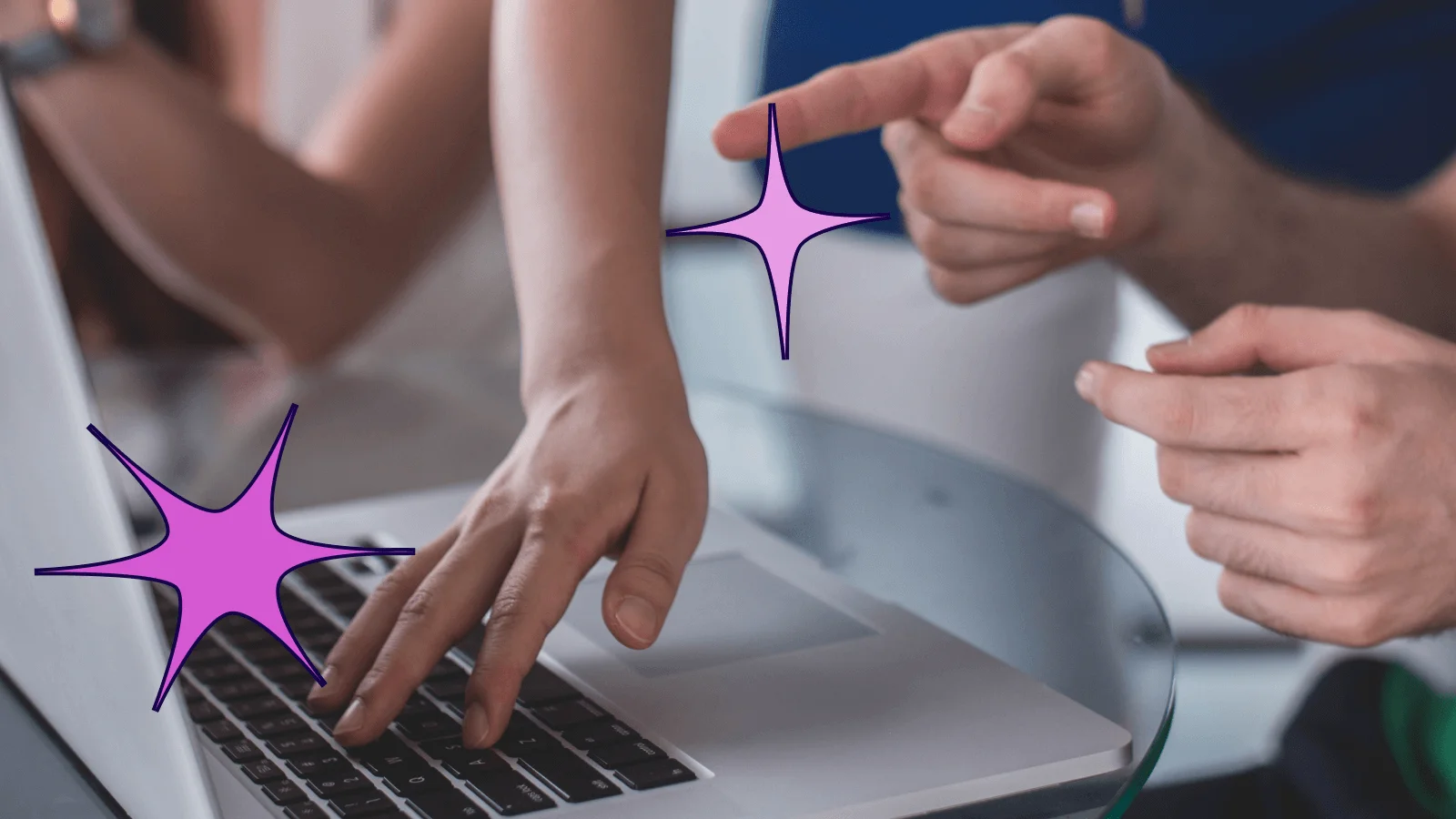Recently, I spoke with a friend of mine who has been in the software space for over 30 years. We were talking about what things have changed over time and what has stayed the same. One area we touched on was usability.
In the late 1980s, he was a part of a team of software developers that built some very successful products for their day. The demands from users even then were constant, and many times his team was left to guess whether customers would use the latest and greatest features they provided. In many cases, customers would read an update to what was in the latest release and never get around to using them, even when in some cases they were they ones who requested the enhancement. For anyone that has been in software development or product management, it is a constant challenge to understand what is being used and why and how to get more of the functionality of a product used.
Back in those days, he would invite ‘users’ to come to campus and sit down with their products, with his team safely behind a two way mirror. He observed how the product was being used, where they got stuck, etc. He spent close to $200K building this lab, a precursor to today’s usability lab. Lab tests were conducted by a user-centric design / human factors expert, who was typically supported by a note taker. Key stake holders connected to the product participated as observers and their job was to get a close understanding of the customer experience. Stake holders could be business owners, engineers, product managers, anyone who has something to do with the product.
Unlike an actual live understanding of your customers as they use your product, these usability lab tests were usually scripted with a moderator suggesting areas for participants to review, and then taking notes or asking follow-up questions.
Fast forward to today. In our world, customers are more and more often using cloud-based applications. As a result, we can easily participate with our customers and help them from their initial onboarding through measuring their usage of various parts of our applications and the individual pieces of functionality. By doing this, we have the opportunity to fundamentally change the way companies design and build products.
More than just testing usability, what today’s product manager, product owner, or user experience professional wants to understand is how to get the customer to engage with their products. One of the biggest issues is the frequency we listen to customers. Product engagement is not like usability testing — a one-off experience — it’s an ongoing dialogue. Companies need to be good listeners in the digital age and that requires a new set of skills. Now, we are living in an “always-on” world and we can have this digital relationship with our customers at any time. Engagement can mean a click, share, like, or comment. It can mean time spent on a site. Engagement is the key performance indicator for your application’s core behaviors.
Which bring us to the the incredible insight you can now enjoy. What if you knew:
- How your users and customers engage with a page — who uses it, when they use it, and how they use it.
- How your features are being used and by whom.
- Who your superusers are, see historical trends, see in aggregate how often they are using specific pages and features
- What, at a granular level, a visitor does throughout the course of a day.
- What features are being used in an account and how active the account is.
- How your users flow through your application. Where do they drop off?
- How can your app be optimized to get your users to where they want to go in the most efficient way.
With today’s technology, you can stop hiding behind the two way mirror and go beyond mere usability to understand issues like this that are key to engagement. With this understanding, you can make your product not only useful, but habit forming.




